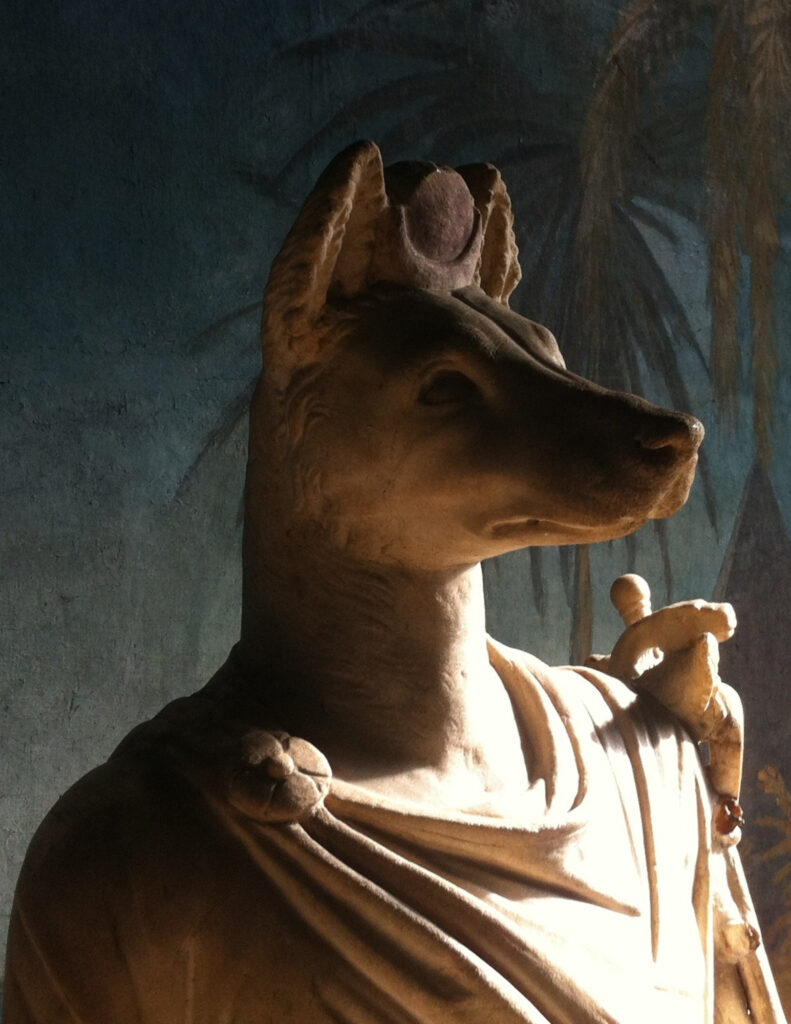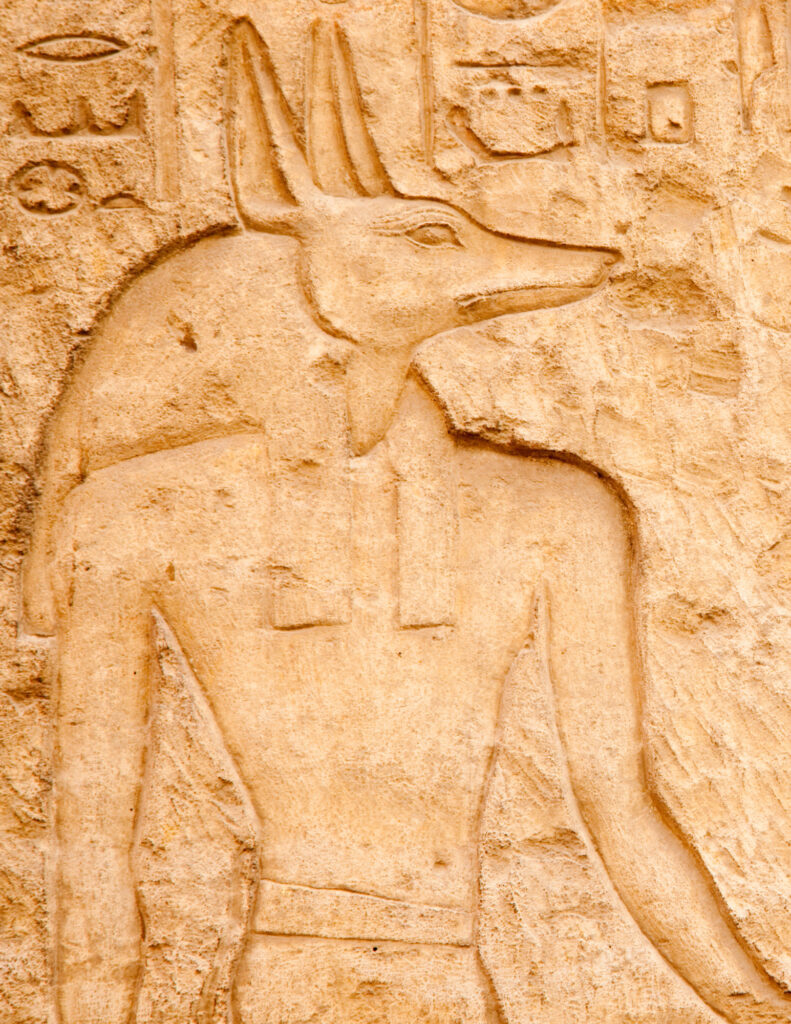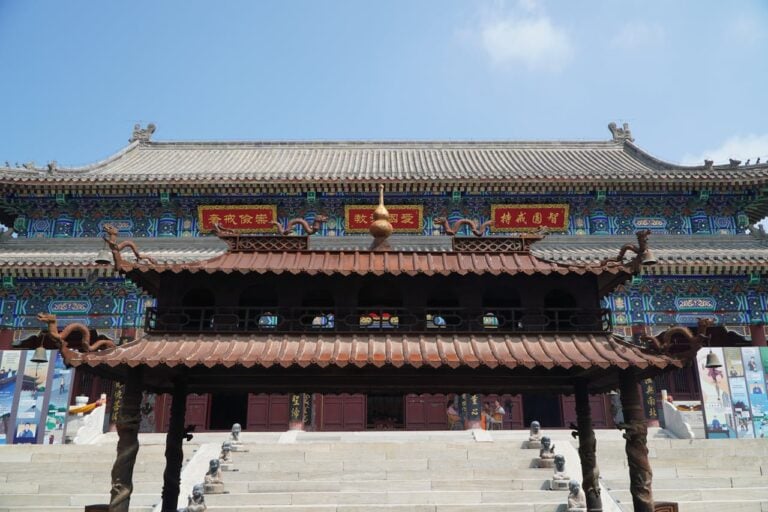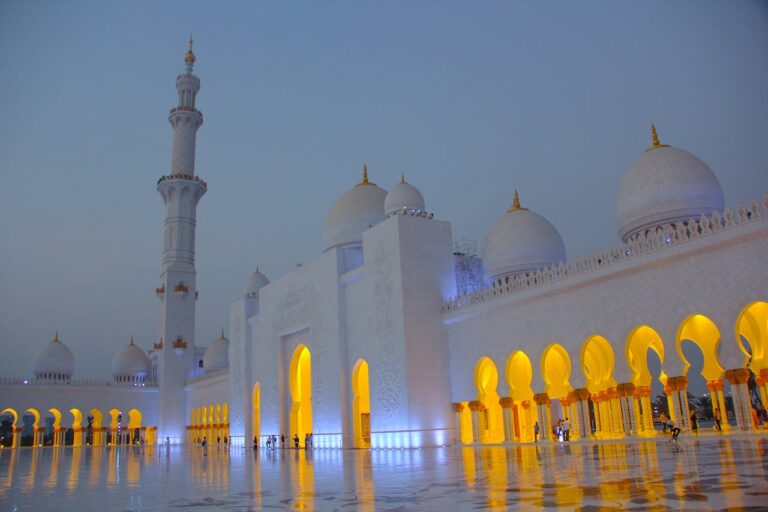Call Us 24/7:
Every funeral service follows its own traditions to honor the deceased. However, almost every service is rich with ancient symbols that carry deep meanings and connect us to our cultural heritage. These symbols, rooted in diverse histories, enhance modern funeral services by providing layers of significance that comfort and guide those mourning.
Sunbursts
The sunburst symbol has been revered since ancient times. It was commonly associated with divinity, life, and resurrection across various cultures, including those of Ancient Egypt and the Aztecs. It represents the sun’s power to sustain life and conquer darkness.
In today’s funerals, sunbursts are often found on memorials and art pieces, symbolizing the eternal light of the soul and the belief in an afterlife. Its radiant design brings a sense of hope and continuation amidst the sorrow of a funeral.

Anubis Eye and Other Anubis Symbols
Anubis, the ancient Egyptian god of mummification and the afterlife, is one of the most iconic and enduring figures in Egyptian mythology. Often depicted as a man with the head of a jackal or as a full jackal, such as in the temple of Anubis, Anubis was believed to protect the dead and oversee the embalming process. His presence ensured the deceased was well cared for in their journey to the afterlife. The Anubis head, characterized by its long, canine snout and alert ears, symbolizes vigilance and the unique role of Anubis as a guide and guardian.
The “Anubis eye,” often conflated with the Eye of Horus, is another significant symbol associated with protection and healing. While it is more correctly linked to Horus, it has also been adopted in funerary art connected to Anubis, given the overlapping themes of protection and restoration in Egyptian mythology.
In contemporary funerals, particularly those influenced by Egyptian culture or by individuals fascinated with ancient Egypt, Anubis can be a poignant symbol. Statuettes of Anubis, or decorative elements featuring the Anubis head, may adorn the funeral space, offering a connection to ancient traditions of respect and protection for the dead. The use of anubis symbols in a modern funeral service can invoke a sense of dignity and peace, reassuring mourners that their loved ones are safe on their journey to the afterlife. The Anubis eye may appear in funeral art or on keepsakes given to attendees as a symbol of watching over the deceased, ensuring their safe passage and healing from the trials of life. This integration of Anubis symbols into funeral practices underscores a deep respect for ancient rituals and their enduring power to convey comfort and solace in times of grief.
Chi-Rho (XP)
The Chi-Rho is one of the earliest forms of christogram, formed by superimposing the first two capital letters chi and rho (ΧΡ) of the Greek word “ΧΡΙΣΤΟΣ” Christos, meaning Christ. This symbol was used by the Roman emperor Constantine as a military standard known as the Labarum.
In a Christian funeral service, the Chi-Rho symbolizes hope in the resurrection of Christ and the promise of eternal life for believers. It is often featured on caskets, prayer cards, and grave markers, emphasizing faith and the spiritual journey beyond death.

Weeping Willows
Originating from the image of the Babylonian goddess Ishtar mourning the death of her lover, the weeping willow has become a universal emblem of grief and mourning. Its drooping appearance evokes a somber, reflective mood.
The weeping willow is prevalent in funerary art and cemetery landscapes. Its imagery on tombstones and urns serves as a natural expression of sorrow and the graceful acceptance of loss.
Scrolls
Scrolls have long been symbols of knowledge and communication, used throughout history to document important texts and decrees. At a funeral service, scrolls represent the deceased’s life story and the continuation of their legacy.
These symbols may be represented in floral arrangements or as part of the memorial displays, suggesting the unfolding narrative of the person’s life and the memories left behind.

IHS (Latin = Iesus Hominum Salvator)
The IHS monogram is a Latin abbreviation of “Iesus Hominum Salvator,” meaning “Jesus, Savior of Mankind.” It has been used since the 3rd century and became widespread in the 12th century due to Saint Bernardine of Siena.
If you’ve ever attended a Christian funeral service, you’ve probably noticed this monogram on memorial plaques or linens used during the service, providing a focal point for faith and comfort.
Obelisks
Just like the Anubis eye and Anubis head, obelisks are a funerary symbol originating in ancient Egypt. Obelisks were originally erected in pairs at the entrances of temples and are believed to be petrified rays of the sun god Ra. These structures symbolize stability and ambition but also connection to the divine.
Today, obelisks are used in cemeteries not only as grave markers but also as symbols of connection to the past and the hope of reaching the heavens. They stand tall in memorial parks, reminding visitors of the enduring human spirit and its aspirations.
Incorporating these ancient symbols into modern funeral practices offers a way to honor the past while providing meaningful connections for those grieving in the present. Each symbol, from the Anubis symbols of ancient Egypt to the weeping willows of Babylon, carries a rich history that enhances the ceremony, helping mourners find solace and continuity during times of loss. By embracing these symbols, you can transform your loved one’s funeral service into a deeply personal, reflective space that celebrates life and legacy.

If you’re interested in integrating these meaningful symbols into a funeral service, contact Anubis today to explore how we can help customize a ceremony that honors your loved one in a way that resonates deeply with family and friends.





